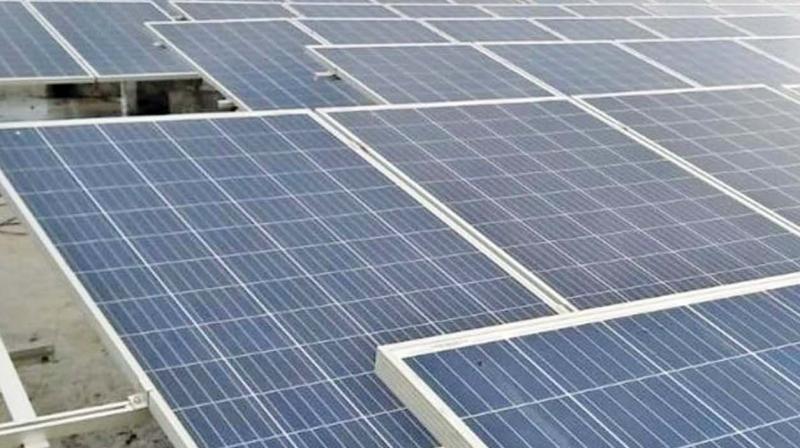
Chennai: Considering the current annual solar capacity addition, meeting 500 GW capacity by 2030 looks tough for the country. This will drive the country’s annual solar import bill from the current $7 billion to around $30 billion.
India installed 15 GW of solar capacity in FY 2024, raising the total capacity to 90.8 GW by September 2024. The total capacity was just 2.8 GW ten years ago in 2014. However, to meet its 2030 goal of 500 GW in renewable energy, India needs to add 65-70 GW each year.
“This target seems ambitious given India’s reliance on imports,” finds GTRI.
In FY24, India imported $7 billion worth of solar equipment, with China supplying 62.6 per cent. China controls 97 per cent of global polysilicon production and 80 per cent of solar module manufacturing, making it difficult for India or any country to compete due to lower prices from China.
Developing a self-reliant solar manufacturing industry in India will require significant investment to create an integrated supply chain, especially in areas like polysilicon and wafer production. Without this, India may continue to face high import costs and struggle to meet its renewable energy goals.
Achieving the target capacity could drive the country’s annual solar import bill from the current $7 billion to around $30 billion, with most imports coming from China.
To cut down on imports, India needs to produce solar cells starting from silica refining, which involves costly and energy-intensive polysilicon production and requires advanced technology. Cheap imports disrupt local pricing. India must also locally produce aluminium frames, glass, and other materials, which will require strong R&D efforts and government support.
Currently, 90 per cent of solar manufacturing in India involves assembling solar modules from imported cells with 15 per cent local value addition. Very few Indian companies manufacture commercial scale solar cells from imported polysilicon or wafers that adds 30-40 per cent value locally. None produce solar cells from scratch using silica sands.
